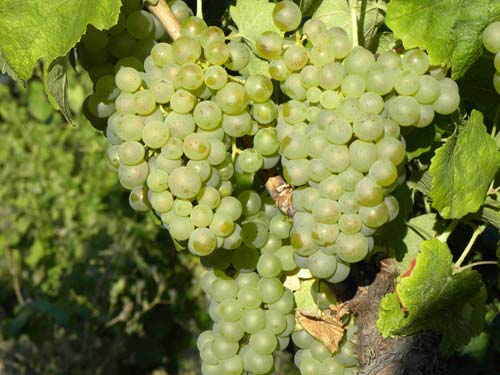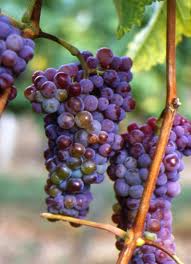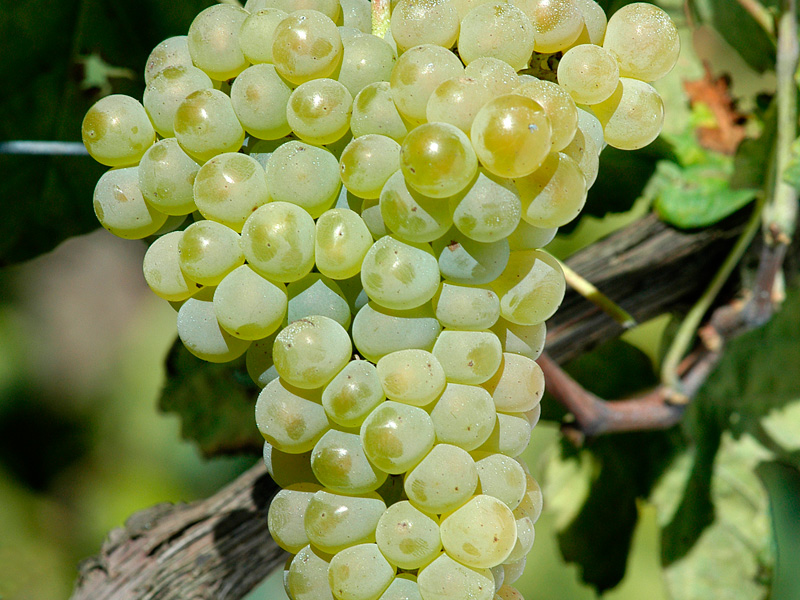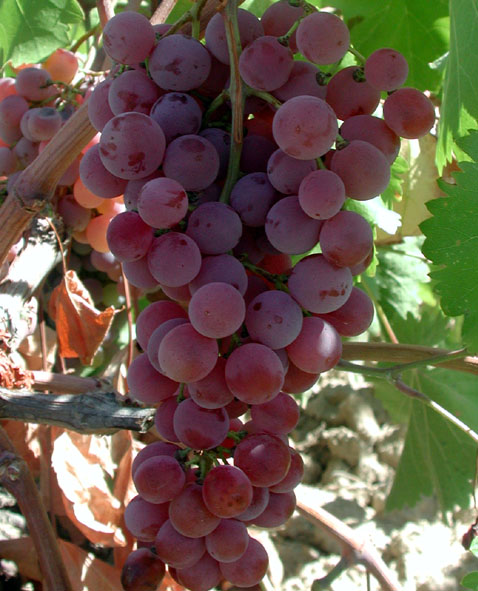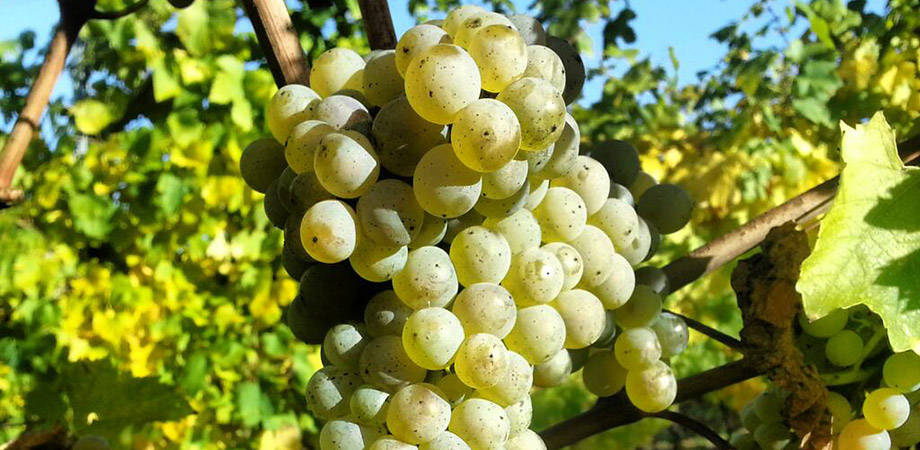As an outsider grape, Mauzac Blanc is pretty out there. Although its history in the southwest of France goes back a hell of a long way, it is completely unrelated to any of the other varietals down there. Basically unseen outwith this part of the world, the majority of its meagre plantings can be found in Gaillac and Limoux (3,200 hectares or 7,900 acres as of 2000), although interestingly enough it is one of the seven grape varietals permitted in Bordeaux wines.
Pronounced “Mo – zack”, and supposedly taking its name from a small village near Toulouse, the Mauzac is a hardy, late-ripening varietal, with a substantial retention of acid levels even when harvested late, therefore lending itself to the production of sparkling wines. And although it can produce still dry and sweet wines, it is in sparkling wines that one would most often see this grape, often blended with L’El and Muscadelle in Gaillac, and with Chardonnay and Chenin Blanc in Limoux.
With the Mauzac’s traditional late Autumn harvest, the ripe grapes would go through a long, slow ferment in the cool, winter cellars of both Limoux and Gaillac. Come Spring the wines would begin to re-ferment in bottle. Some wines are still made in this fashion, named the methode gaillacoise/methode rurale, or the methode ancestrale when referring to a particular subset of Blanquette de Limoux.
I’m not sure if any of our readers are familiar with the rulings regarding permissible grapes and blends in the whites, reds, and sparklings of Limoux, but they are overly complex to say the least… and bloody confusing too. Reading through them makes one wonder if some bureaucrat had a little make-work project going on. They are truly ridiculous. Nevertheless, from my current understanding you’ll find Mauzac making up 90% of Blanquette de Limoux, the other 10% going to Chenin and Chardonnay.
With Cremant de Limoux I believe the following to be true: Chardonnay has to be less than 50%, Chenin Blanc between 10% and 40%, both Chardonnay and Chenin must make up less than 90%, annnnnnnnnnnnnnd… Mauzac and/or Pinot Noir must be between 20% and 50%.
Now, when I try to do these calculations in my head they don’t seem to add up, but that’s the information that was recently presented to me in Montpellier.
Although some producers are choosing to harvest a little earlier to produce bright, clear, fresh wines not dissimilar to Sauvignon Blanc from Gascony, it is with substantial hang time that the Mauzac’s aromatics come into their own, giving a generous nose of dried apple, honey, and ripe pear. Many of the examples that I tasted upon a very recent expedition to Languedoc displayed a very particular cider bouquet… quite enchanting actually.
 Edinburgh-born/Toronto-based Sommelier, consultant, writer, judge, and educator Jamie Drummond is the Director of Programs/Editor of Good Food Revolution… And he’s just getting to know this varietal.
Edinburgh-born/Toronto-based Sommelier, consultant, writer, judge, and educator Jamie Drummond is the Director of Programs/Editor of Good Food Revolution… And he’s just getting to know this varietal.

